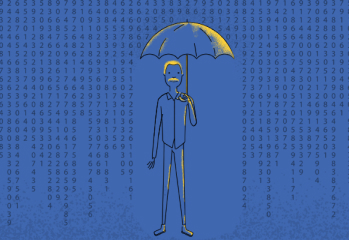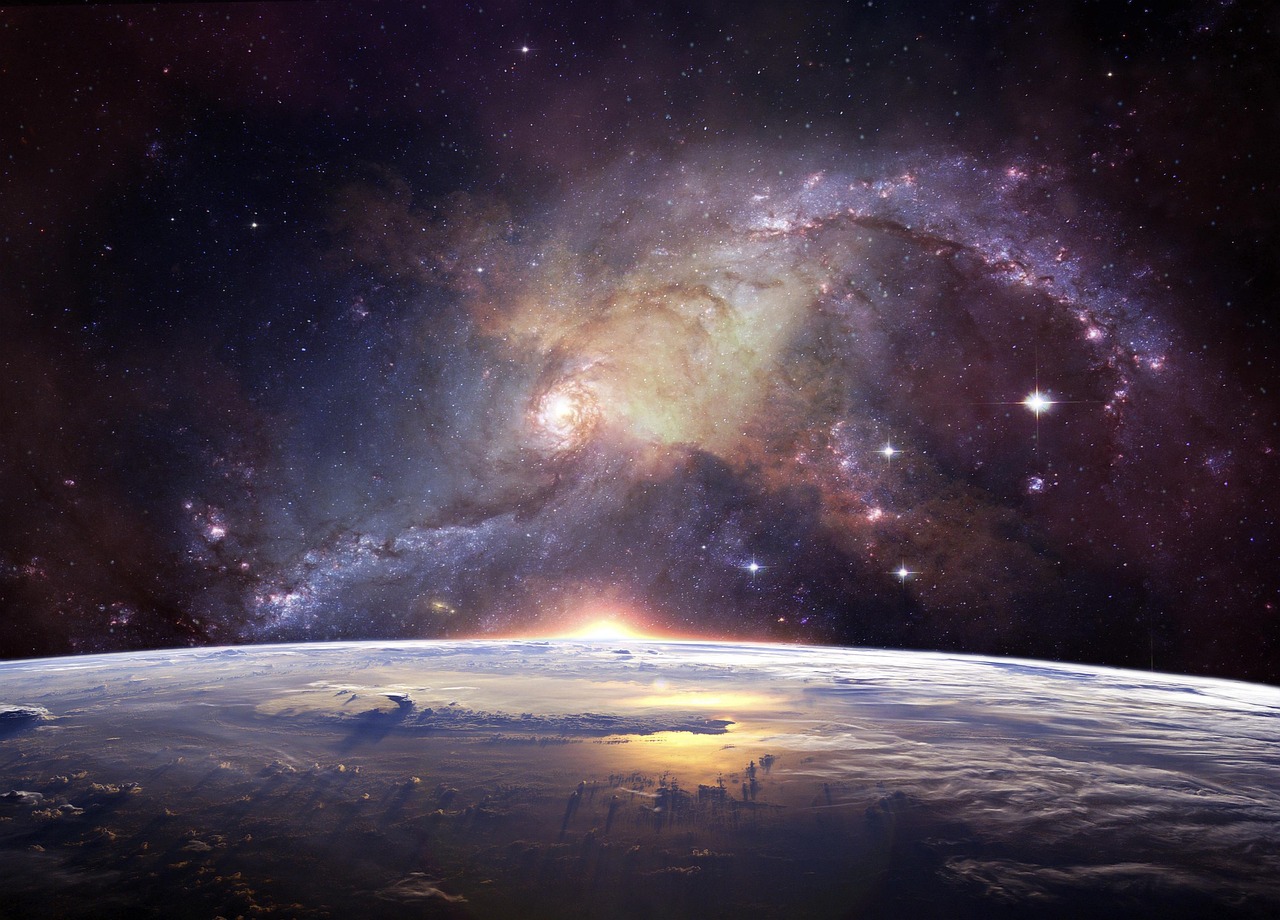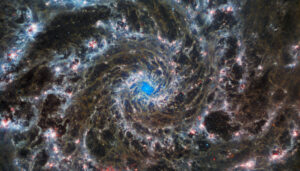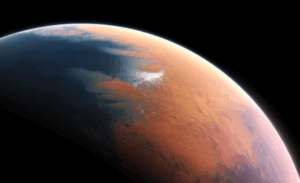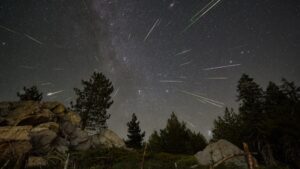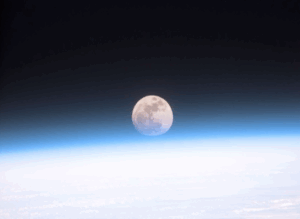In 1924, Swedish astronomer Knut Lundmark found evidence that the universe was expanding.
This moment transformed how humanity understood the universe.
How waves work
Understanding the evidence of expansion starts with the Doppler effect. It describes how waves change when moving.
Put a lamp on a rocket and watch it fly away. As it accelerates away from you, the lamp’s light will become redder.
Galaxies undergo a Doppler effect called redshift. The faster a galaxy moves away, the more ‘redshifted’ its light becomes once it reaches Earth.
Astronomers use this and other techniques to build a cosmic distance ladder. This ladder allows them to compare relative distances in space.
Caption: Redshift shows the growing distance of space
Credit: NASA, ESA, Leah Hustak (STScI)
Redshift became the first major clue that our universe was expanding.
Universal expansion
Astronomers combine redshift and the Hubble constant to measure expansion.
In 1929, Edwin Hubble and Milton Humason calculated how the distance of a star relates to the speed it is travelling towards Earth.
Every point in the universe appears to be moving away from us, and the most distant are moving fastest.
Brian Greene explains this by considering the universe as a balloon with dots drawn upon it.
Inflate the balloon and the distance between each dot increases. The dots aren’t moving but the distance between them increases.
Astronomers think the Big Bang kicked off the first major expansion of the universe, but that expansion appears to be speeding up.
Dark energy
It’s believed this change in pace is caused by dark energy. Dark energy is a theoretical form of energy. We don’t have direct proof it exists.
Astronomers can’t directly measure dark energy, but they can measure its effects.
Caption: The Big Bang started expansion – now dark energy drives galaxies apart
Credit: NASA/WMAP Science Team
Some theories describe dark energy as a fundamental part of the universe’s fabric. It may also be a repelling force that affects gravity.
Other astronomers don’t think dark energy exists.
Instead, they use the Lemaitre-Tolman-Bondi model. This assumes the universe has different properties further from its centre.
Whatever the cause, everything in the universe appears to be moving further away. The increasing distance between galaxies becomes vast, empty space.
To know what this expansion means for us depends on the shape of the universe.
A closed universe may be capable of ‘restarting’, while a flat and open universe might be doomed to fall apart.
This is why astronomers continue to look into space’s deepest reaches. By understanding the universe, we may understand our future.

